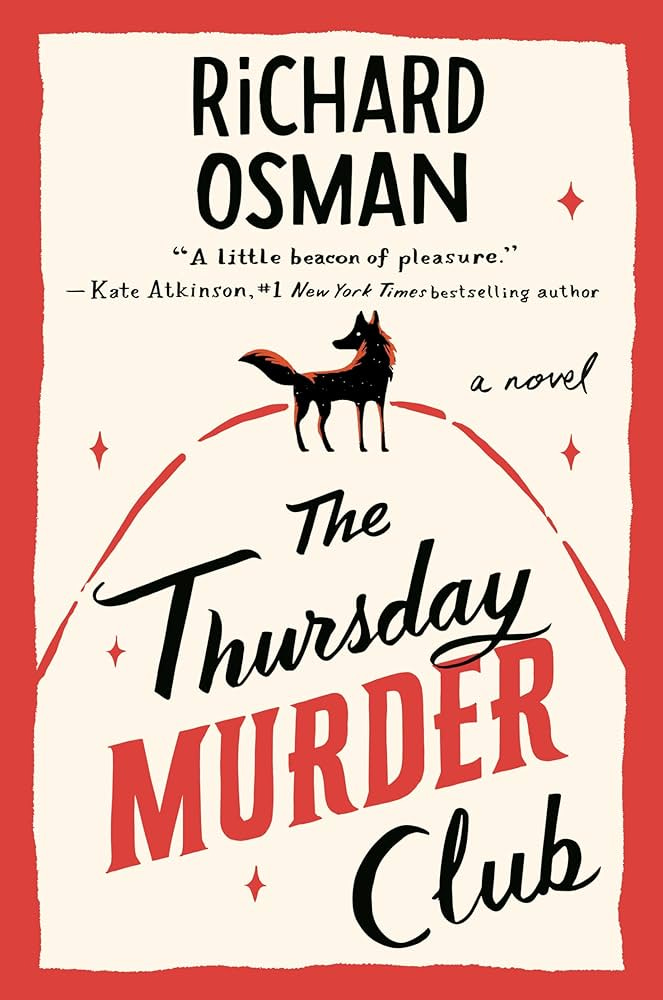How Long Has My Cancer Been There?
And why size doesn't matter when it comes to curing cancer.
A tumor the size of a jellybean contains about a billion cells. Larger tumors contain exponentially more.
So, when we diagnose most cancers, billions of cells have already developed two important characteristics:
Abnormal behavior
Ability to hide from the immune system
These rogue cells have mutated to break through the structures that keep our tissues in place while also appearing normal enough to avoid detection by the body’s highly suspicious immune system.
What makes cancer interesting difficult to treat is that each cell in the tumor is also different from all the other cells around it. A tumor, therefore, is not like our heart, our brain or a muscle where all the cells are following the rules, doing what they are supposed to do.
This heterogeneity makes treatment complicated. We have to decide which cell to target- the most aggressive cells? the most common?
Even after taking a piece of tumor out to examine it under a microscope (aka a biopsy), we still don’t have a full picture of what we’re dealing with. A biopsy is a small sliver of one tumor at one point in time. As my cancer crush, Dr. Bernard Fisher, explained, “looking at a [biopsy sample] is like taking a piece out of a motion picture: you don’t know what happened before or what happens after.”
We don’t know exactly what went wrong in the body that allowed the cancer to grow, what it’s doing to prevent the body from killing it, what new mutations will develop as it continues to reproduce, and what effect treatment will have on the tumor as a whole and each individual cell. These unknowns provide the best information on the prognosis of the patient.
Tumor size also does not predict the length of time the tumor had been in the host nor the ultimate outcome. For example, a large tumor with no spread could be classified as an early cancer whereas a small tumor with rapid cell growth could spread almost immediately and be super aggressive/difficult to treat.
An analogy that I often use is that of terrorists. If you have a bunch of dumb terrorists hanging out together and they have no funding, no transportation and no leadership, they’re probably not that big of a threat. On the other hand, as we experienced on 9/11, a small group of well-funded, well-trained terrorists can cause grave damage. Tumors are similar. “Size alone is not as consequential to the fate of the patient as are other factors relative to the tumor or the host that determine development of metastases,” said Fisher.
Patients who have had a negative CT scan or mammogram only to feel a lump six months later know how rapidly things can change. Was the cancer there six months ago?
Maybe? The truth is we just don’t know. It’s fairly rare for cancers to develop within a month, but did the first cell mutate 6 months ago or 2 years ago? We don’t know. And we are unlikely to learn the answer to that important question. People don’t sign up for (nor should we offer!) trials where we biopsy cancers in a bunch of people and then observe how long the cancer takes to grow/spread/etc.
So that’s why when patients ask, how long it has “been there,” I often say that I don’t know. And when they ask “how big is my tumor?” I tell them honestly (it’s the size of a jellybean, quarter, orange, etc), but I often wonder if I’m taking the easy way out. I know what they really want to know: did we catch it in time.
Rather than size, the more important question is what about the tumor allowed it to escape the natural boundaries that contained the normal cells around it? And what went wrong in the host that it did not recognize the abnormal cells and instead allowed them to grow and spread?1 Cancer cells don’t just materialize out of nowhere. In fact, abnormal cells are forming in our body all the time. It’s just our body usually detects them and kills them. Cancer forms when this process doesn’t work.
In an interview on Dr. Peter Attia’s podcast, The Drive, cancer researcher Dr. Keith Flaherty explained how difficult it actually is for a cancer cell to set up shop in another organ: “It’s super hard to launch a cancer cell into the blood stream and for it to find fertile soil…lung cells aren’t supposed to live in the liver. That’s not a happy environment for them...The growth factors there are not their native ones. It’s a super challenging bit of biology for them to overcome.”
Given that metastatic cancer cells are already highly resilient cancer mutants, it’s actually surprising that sprinkling some poison in the bloodstream kills any at all. These cells have already proven their ability to thrive in a very hostile environment.
In addition to the myriads of cells within one tumor, there can also be variance in the metastatic deposits in the body. A tumor in the liver, for example, may be responding to a particular treatment while other tumors in the lungs continue to grow.
Especially when chemotherapy is given adjuvantly or after surgery, we usually start with the most tolerated treatment. The patient has no visible evidence of cancer and therefore we don’t want to kill them with aggressive chemotherapy. This less aggressive treatment is hopefully enough to kill all the hidden cancer cells. If not, it kills off all the cells that are susceptible to that treatment and only the more aggressive are left.
In the case of non-curable cancer, this cycle repeats with each change of chemotherapy agent. Simply, we give the least toxic treatment which kills off the “dumb” cells for a time. Then only the smarter cells are left so that necessitates more aggressive treatment. Then those cells die and the cells left behind are even smarter.
Increasingly aggressive treatments are needed to kill increasingly aggressive cells. It’s similar to how antibiotic resistance works and why you should ALWAYS finish all your antibiotics.
This is also why oncologists seldom go back to agents that have been tried before. Rarely does a cancer become less aggressive and respond to less aggressive treatments.
When accepting the Lasker Prize in 1985, Fisher pointed out that “breast cancers are heterogeneous disease in a heterogeneous group of women treated by heterogenous doctors.” Although we like to think of cancer as one disease, over forty years ago Fisher knew the truth. The answers to which tumor in which patient needs which treatment, what we call personalized medicine, is just starting to become reality today..
Thanks for reading Cancer Culture. Click below to share the post with a friend.
Thank you for reading Cancer Culture! I am so glad you’re here and I look forward to hearing from you in the comments below. Please click the subscribe button above to get Cancer Culture delivered to your Inbox every Monday afternoon. AND be one of the first to receive the podcast in September. To find out more about Dr. Fisher and me, follow the link below.
Why Him, Why Now and Why Me
In God we trust. All others must bring data. – Dr. Bernard Fisher By now, breast cancer seems to be everywhere–in our family, friends, social media feeds, and even the freezer aisle. In fact, the pink ribbon is so ubiquitous that some use the term “pinkwashing
On My Mind…
1 This is…and is not about your immune system. You can read more here boosting your immune system.











Thanks, instant subscribe! Written so clearly
Fabulous piece! So crisp and clearly written. Thank you!